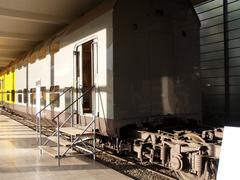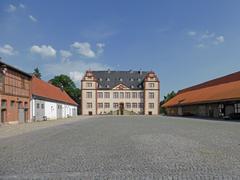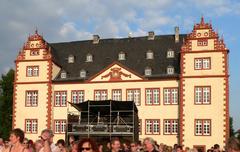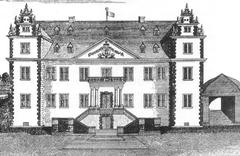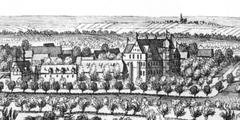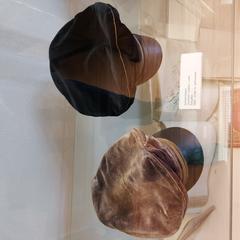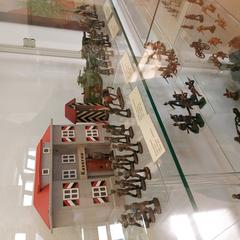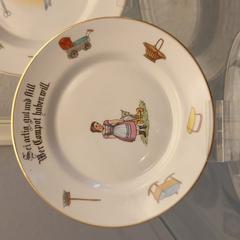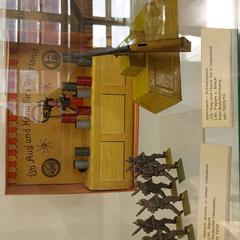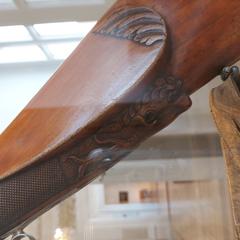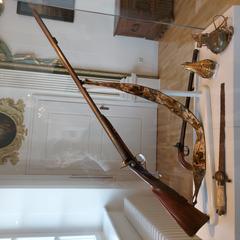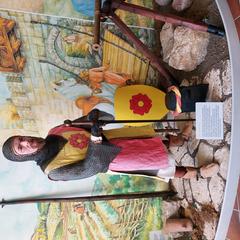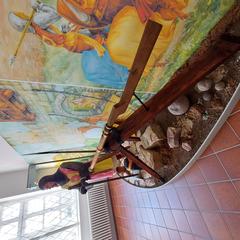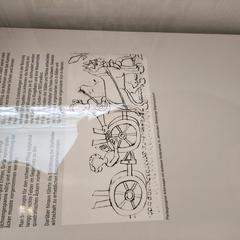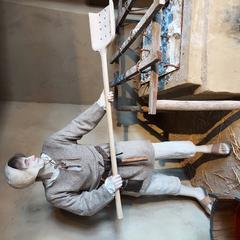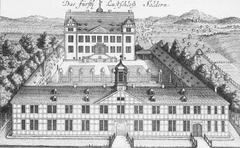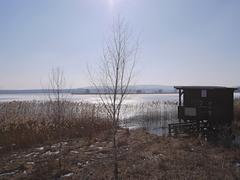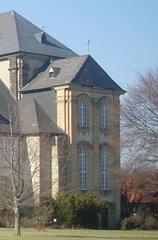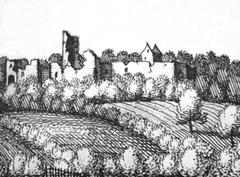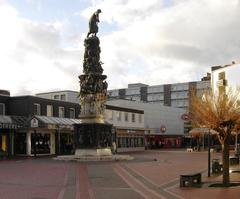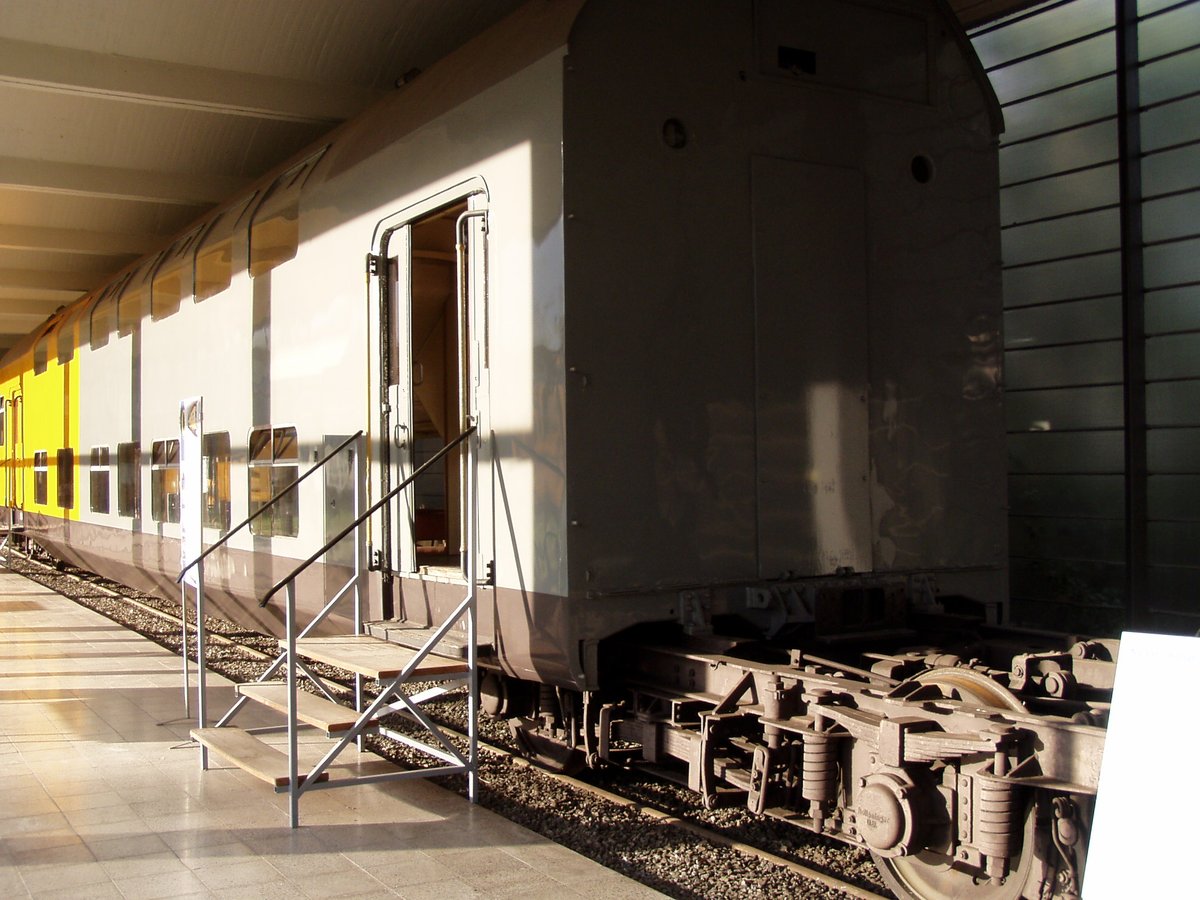
Guide to Visiting Schloss Salder in Heere, Germany
Date: 25/07/2024
Introduction
Nestled in the picturesque town of Heere, Germany, Schloss Salder is a historic castle that stands as a testament to centuries of history and architectural grandeur. Originally built in the 13th century as a fortified manor house by the noble family von Saldern, the castle has undergone multiple transformations, reflecting the Renaissance and Baroque architectural styles. Today, Schloss Salder serves as a museum and cultural center, managed by the city of Salzgitter. The museum showcases the rich history of the region, with exhibits ranging from prehistoric artifacts to contemporary art, making it a must-visit destination for history buffs, architecture enthusiasts, and travelers alike (Wikipedia). This comprehensive guide will provide you with all the necessary information for your visit, including historical background, visiting hours, ticket prices, tips for exploring the castle, and nearby attractions, ensuring you make the most of your trip to this historical gem.
Table of Contents
- Introduction
- History of Schloss Salder
- Cultural Significance
- Architectural Highlights
- Visitor Information
- FAQ
- Conclusion
History of Schloss Salder
Origins and Early History
Schloss Salder, located in Heere, Germany, is a historical edifice with roots tracing back to the 13th century. The castle was initially constructed as a fortified manor house by the noble family von Saldern. The von Saldern family, who were influential in the region, utilized the castle as a residence and a symbol of their power and status. The original structure was primarily defensive, featuring thick walls and a moat, typical of medieval fortifications.
Renaissance Transformation
In the late 16th century, Schloss Salder underwent significant renovations under the direction of Heinrich von Saldern. The transformation from a medieval fortress to a Renaissance-style castle marked a shift in architectural trends and the family’s aspirations. The renovations included the addition of ornate facades, larger windows, and more comfortable living quarters, reflecting the Renaissance ideals of beauty and humanism. This period also saw the expansion of the castle grounds, incorporating gardens and additional outbuildings.
Baroque Influence
The 17th century brought further changes to Schloss Salder, influenced by the Baroque architectural style. The castle’s interiors were lavishly decorated with stucco work, frescoes, and intricate woodwork. The Baroque period emphasized grandeur and opulence, and Schloss Salder was no exception. The castle’s chapel, in particular, received significant attention, with elaborate altarpieces and religious iconography.
19th Century Decline and Restoration
By the 19th century, Schloss Salder had fallen into a state of disrepair. The von Saldern family, facing financial difficulties, could no longer maintain the castle. It was during this period that the castle changed hands several times, eventually being acquired by the city of Salzgitter in the early 20th century. Recognizing its historical and cultural significance, the city undertook extensive restoration efforts to preserve the castle. These efforts included structural repairs, restoration of original artworks, and the reconstruction of lost architectural elements.
Modern Era and Museum
Today, Schloss Salder serves as a museum and cultural center, managed by the city of Salzgitter. The museum showcases the history of the region, with exhibits ranging from prehistoric artifacts to contemporary art. The castle itself is a testament to the architectural and cultural evolution of the region, offering visitors a glimpse into the past. The museum’s collection includes items from the Bronze Age, Roman artifacts, and medieval relics, providing a comprehensive overview of the area’s history.
Cultural Significance
Schloss Salder is not only a historical monument but also a cultural hub. The castle hosts various events throughout the year, including the annual Kultursommer, a summer festival featuring concerts, theater performances, and art exhibitions. The festival attracts visitors from all over Germany and beyond, highlighting the castle’s role as a center for cultural exchange and community engagement. The Kultursommer is supported by the city of Salzgitter and various cultural organizations, ensuring a diverse and vibrant program.
Architectural Highlights
One of the most striking features of Schloss Salder is its blend of architectural styles. The castle’s Renaissance facade, with its symmetrical design and decorative elements, contrasts with the Baroque interiors, creating a unique aesthetic. The castle’s chapel, with its ornate altar and frescoes, is a highlight for many visitors. The gardens, designed in the English landscape style, offer a tranquil setting for visitors to explore.
Visitor Information
Opening Hours
The museum is typically open from Tuesday to Sunday, 11 a.m. to 5 p.m., and is closed on Mondays, except when a public holiday falls on a Monday. The museum is also closed on Good Friday, May 1st, Christmas Eve, Christmas Day, and New Year’s Day. It is advisable to check the official website for the most up-to-date information.
Tickets
Ticket prices vary depending on the type of visit. General admission is usually around €5 for adults and €3 for children. Special events, such as concerts or guided tours, may have different pricing. Tickets can be purchased online or at the castle entrance.
Guided Tours
Guided tours are available and highly recommended for those interested in the castle’s history and architecture. Tours are offered in multiple languages, including English and German.
Accessibility
The castle is accessible to visitors with disabilities, with ramps and elevators available. However, some areas of the castle, particularly the upper floors, may have limited accessibility.
Nearby Attractions
The city of Salzgitter offers a range of attractions, including parks, historical sites, and cultural institutions. Visitors can easily spend a day exploring the area.
FAQ
- What are the opening hours of Schloss Salder? The museum is typically open from Tuesday to Sunday, 11 a.m. to 5 p.m., and is closed on Mondays, except when a public holiday falls on a Monday.
- How can I buy tickets for Schloss Salder? Tickets can be purchased online or at the castle entrance. General admission is usually around €5 for adults and €3 for children.
- What events are held at Schloss Salder? The annual Kultursommer festival is a highlight, featuring concerts, theater performances, and art exhibitions. The castle also hosts various cultural and historical events throughout the year.
- Is Schloss Salder accessible for visitors with disabilities? The castle is accessible with ramps and elevators, although some areas, particularly the upper floors, may have limited accessibility.
Conclusion
Schloss Salder offers a unique blend of historical and cultural experiences, making it a significant landmark in the region of Salzgitter. From its origins as a medieval fortress to its current status as a museum and cultural hub, the castle provides visitors with a rich tapestry of history, art, and architecture. Whether you are attending the annual Kultursommer festival, exploring the extensive museum collections, or simply enjoying the tranquil gardens, Schloss Salder promises a memorable experience that encapsulates the essence of Salzgitter’s past and present. For more information on visiting hours, ticket prices, and events, be sure to check the Salzgitter city website and plan your visit today. Don’t forget to explore other historical sites in the area, such as Salzgitter-Bad and the Salder Forest, to complete your cultural journey.
